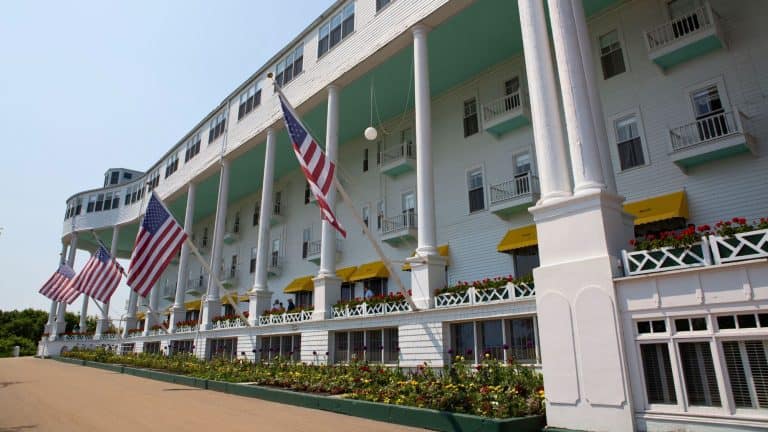Found By Accident contains affiliate links and is a member of the Amazon Services LLC Associates Program. If you make a purchase using one of the Amazon links (or other affiliate links), we may receive compensation at no extra cost to you. See our disclosure policy for more information.
Why Urban Travelers Are Flocking To These Resurrected Waterfront Districts
Once-abandoned docks now hum with life. Rusted warehouses have swapped soot and sorrow for street art and sourdough bakeries. And the air that once carried the scent of ship grease and coal dust now floats lively with aromas of artisan coffee and sizzling street food.
Why? Because cities across the globe are rolling up their sleeves and transforming neglected waterfronts into the 21st century’s hottest urban playgrounds. Where industry once thrived and then withered, innovation has stepped in to make canal-lined concrete jungles not just livable but downright magnetic.
But this isn’t some slapdash facelift; it’s a full-blown cultural renaissance. Brick facades whisper stories of workers’ pasts as sleek glass terraces sprout above them, creating a seamless mashup of history and modernity.
These urban reinventions are bold declarations that cities are reclaiming their rivers, harbors, and canals not only for utility but for connection and creativity. So let’s look at why the renovations matter and a few examples of cities that have done it right.
Why Waterfront Reinvention Matters To Travelers
Waterfront districts are where cities show off. They’re the jeweled exclamation points of urban planning, where decades of grit and grime are polished into pedestrian-friendly promenades, sparkling skylines, and cobblestone lanes brimming with life.

Think about it: who wouldn’t be drawn to a place where old shipyards hum with artisanal coffee roasters, or canals whisper tales of trade routes now lined with chic boutiques? Waterfronts are, quite simply, where cities remind us they once held the world by its sails (and still know how to throw a party).
Globally, cities race to bring people back to their rivers and harbors, and travelers are lapping it up like a tide pulled ashore.
Why? First, they’re walkable paradises. It’s hard to stress over emails when you’re strolling past street performers, inhaling the aroma of sizzling food trucks, or spotting the reflection of modern architecture dancing on rippling waters.
Then there’s the nightlife. When the sun sets on these revamped spaces, the energy skyrockets. Whether it’s candlelit patios with plates of farm-to-table fare or tucked-away live music venues where locals actually still go, there’s magic to burn.
Contrast that with waterfronts left stagnant; those eerie, forgotten wastelands veined with rusting cranes and tumbleweed parking lots. These places feel like ghost towns, dressed up as bad dreams.
But it’s this duality that makes reinvention such a masterstroke. Revitalized waterfronts aren’t just shiny upgrades; they’re the heartbeat of a city’s identity. They are a living, breathing testament to what’s possible when history and ambition join forces.
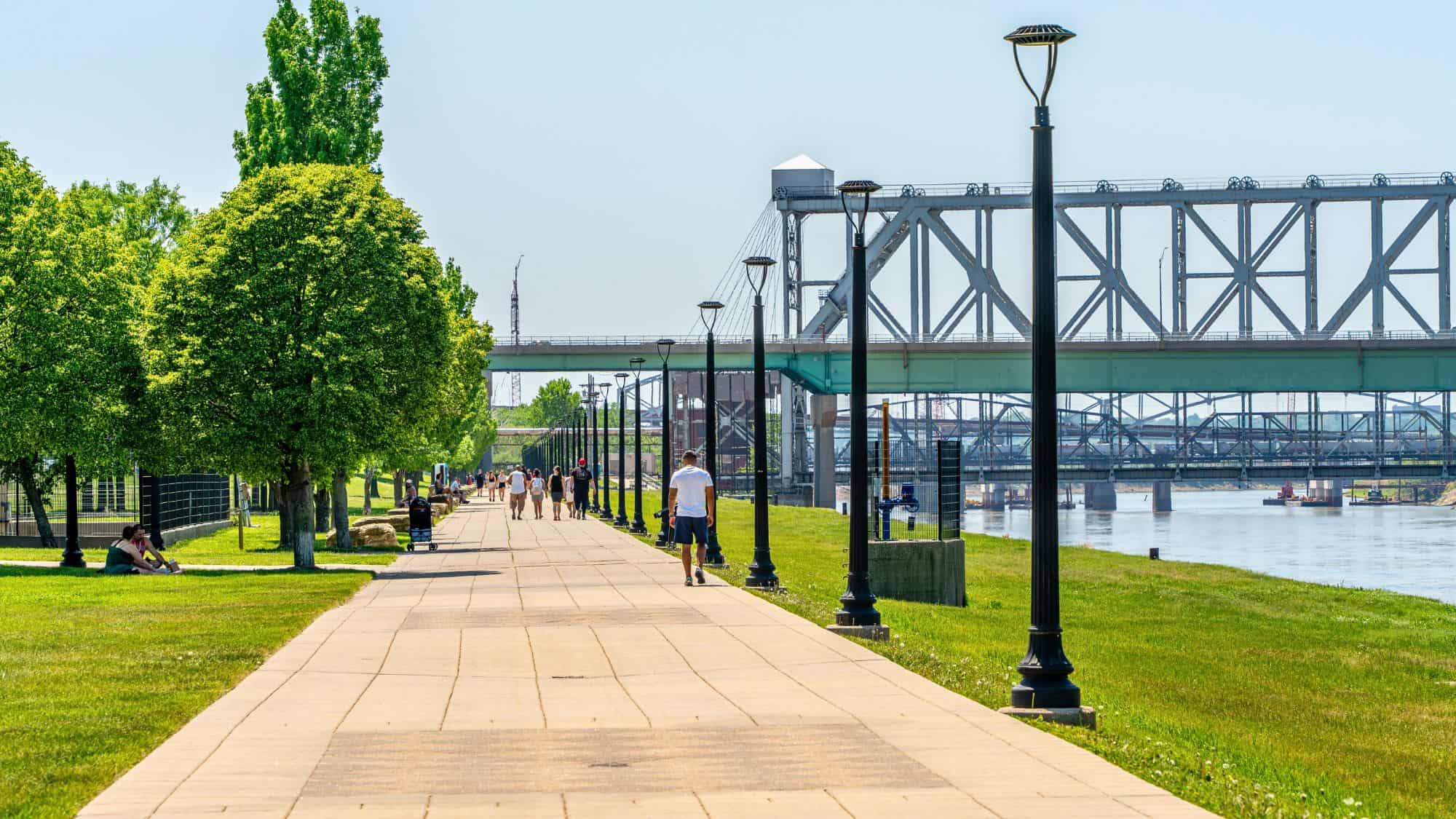
Three Revitalized Riverfronts You Need To Visit
Here are three riverfronts you should add to your bucket list that went from drab to fab (proof that second chances aren’t just for rom-coms).
Kansas City, Kansas – Rock Island Bridge’s Bold Reinvention
It’s not every day you stumble across a party on a bridge, but Kansas City is smashing expectations with the audacious transformation of the historic Rock Island Bridge.
What was once a gutsy rail crossing over the Kansas River is being reimagined into something far more captivating: an entertainment district literally suspended above the water.
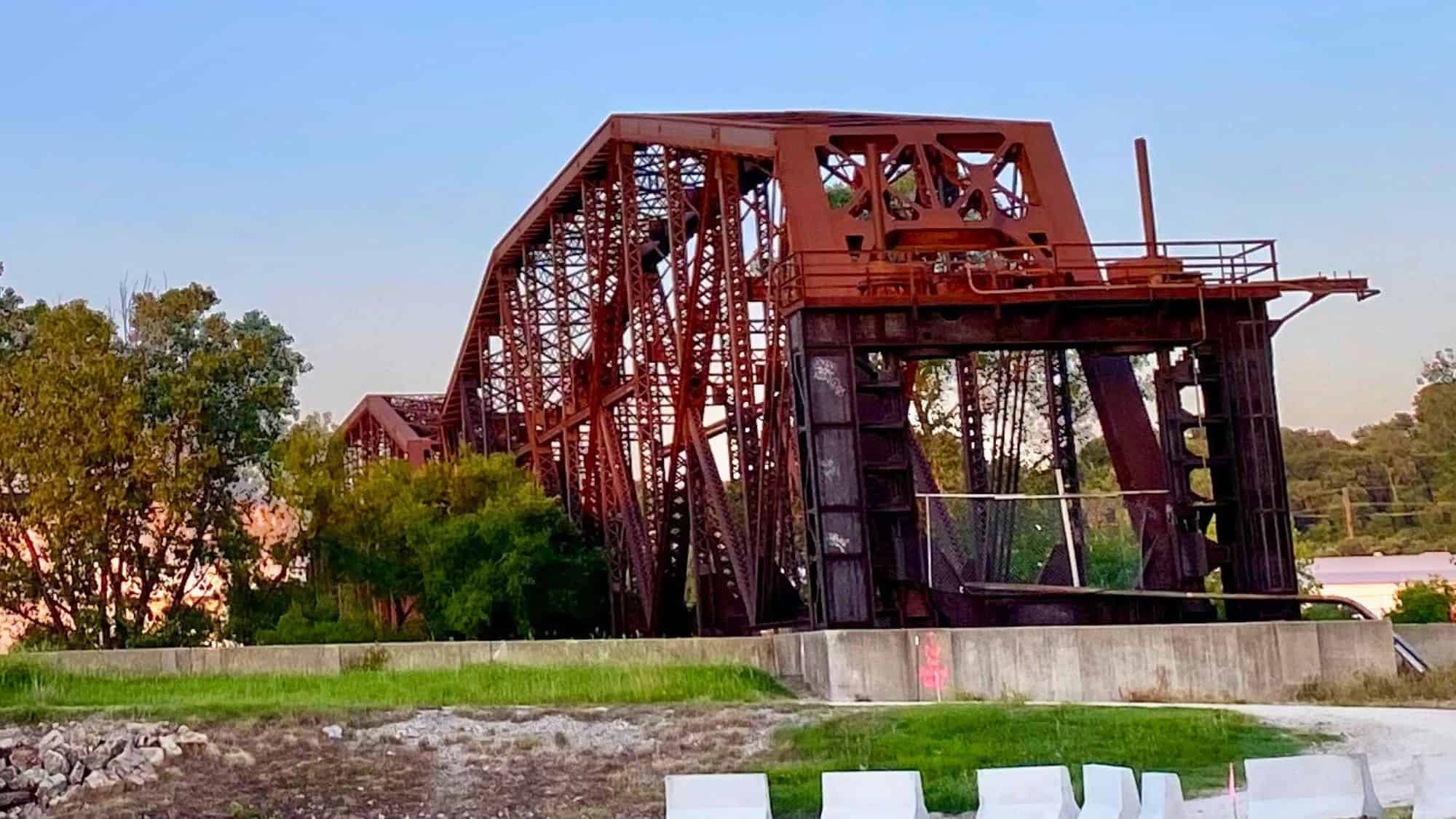
Picture walking onto a structure steeped in industrial history, its steel framework hinting at a bygone era of booming trains and smoky skies.
Now swap out the rumble of locomotives for the hum of conversation, the clink of glasses, and the aroma of slow-smoked barbecue wafting from riverside patios. This is where breweries with bold flavors meet event spaces designed to host everything from live music that thumps in your chest to private gatherings that will make you wish the guest list went deeper.
For those who prefer two wheels over two feet, bike trails will sweep you right through this hub of innovation, offering a viewpoint unlike anything on dry land.
And as you dine above the river’s gentle current, catching the golden glow of the setting sun, you’ll realize this isn’t just a pit stop; it’s a full-blown destination.
The Rock Island Bridge is Kansas City’s loud-and-proud declaration that its riverfront is no longer background scenery. Instead, it’s the stage, the allure, the reason to linger a little longer.
Reviving The Lake Ontario Waterfront
Toronto’s Lake Ontario shoreline isn’t just a patch of water; it’s a survivor of reinvention. Once an industrial jungle of warehouses and smokestacks, this waterfront saw its boom, bust, and eventual abandonment by the mid-20th century.
But Toronto doesn’t do “abandoned.” It does reinvention, with a bit of flair.
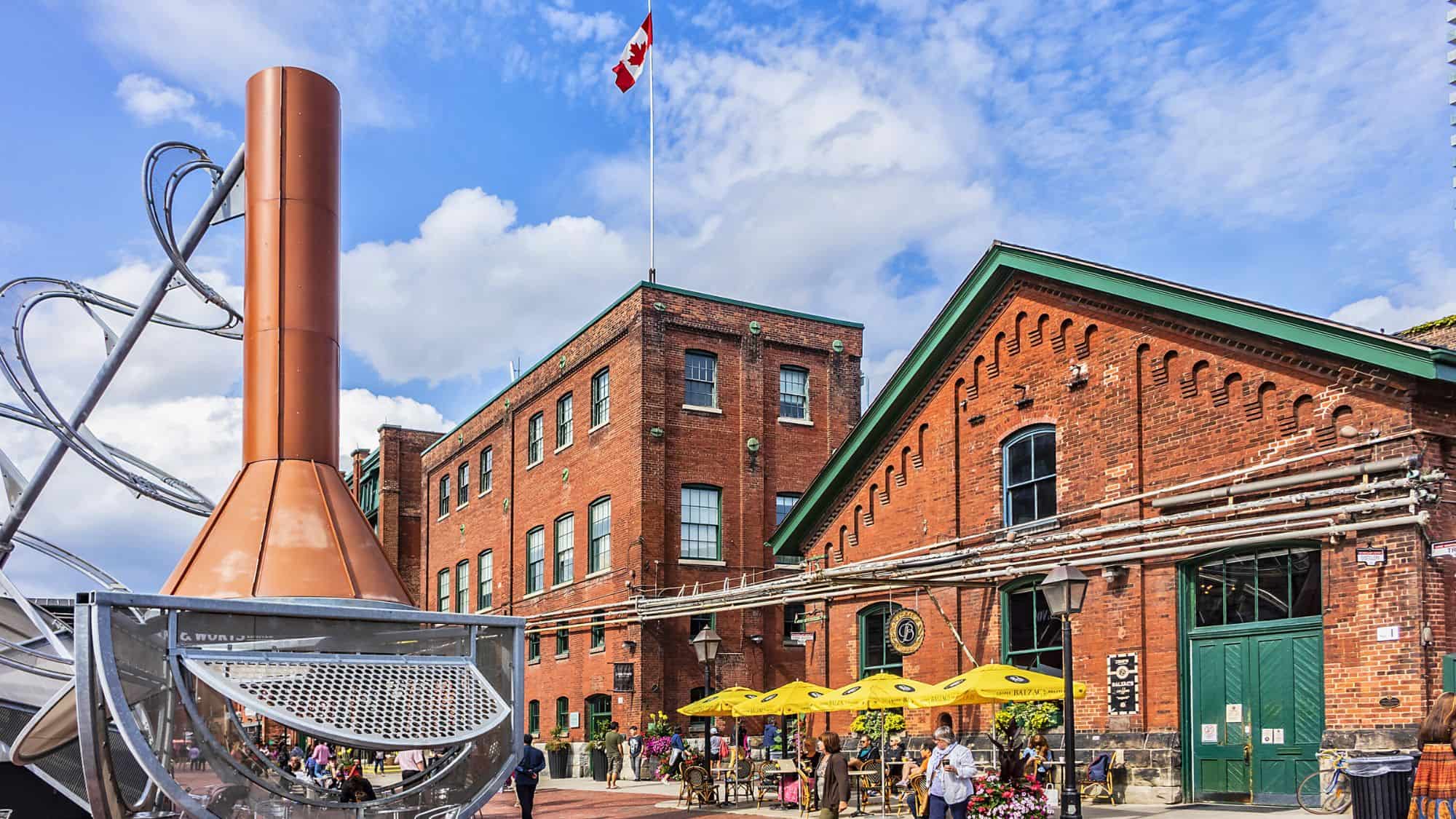
Cue the Distillery District, where cobblestone streets tell stories of a whiskey-soaked past while now housing trendy art galleries, independent theaters, and cocktail bars that serve the kind of drinks even your snobbiest friend would approve of.
And the air here doesn’t carry the hum of machinery any longer, but the clinking of wine glasses and the steady rhythm of live jazz.
And then there’s Sugar Beach, proving two things simultaneously: city beaches can absolutely work, and waterfront views are better with a dash of whimsy. Think candy-striped umbrellas, fine pale sand, and charming pops of color against the city’s modern skyline.
Overhead, the gulls argue (as gulls always do), while boats drift lazily past on the shimmering water. It’s the perfect juxtaposition of urban energy and laid-back tranquility.
But Toronto’s renaissance isn’t just cosmetic. Green spaces line the edge where the water meets the city, stitched together by bike paths and pedestrian boardwalks that make venturing along the shoreline as enticing as the destinations themselves.
Add in cutting-edge flood protection and sustainability efforts, and you’ve got a city set on proving that progress doesn’t have to come at the planet’s expense.
Hamburg, Germany – HafenCity’s Modern Maritime Vision
Rise from the ashes of old port warehouses and find yourself in HafenCity, a place where Hamburg’s maritime soul has been polished into a gleaming modern masterpiece.
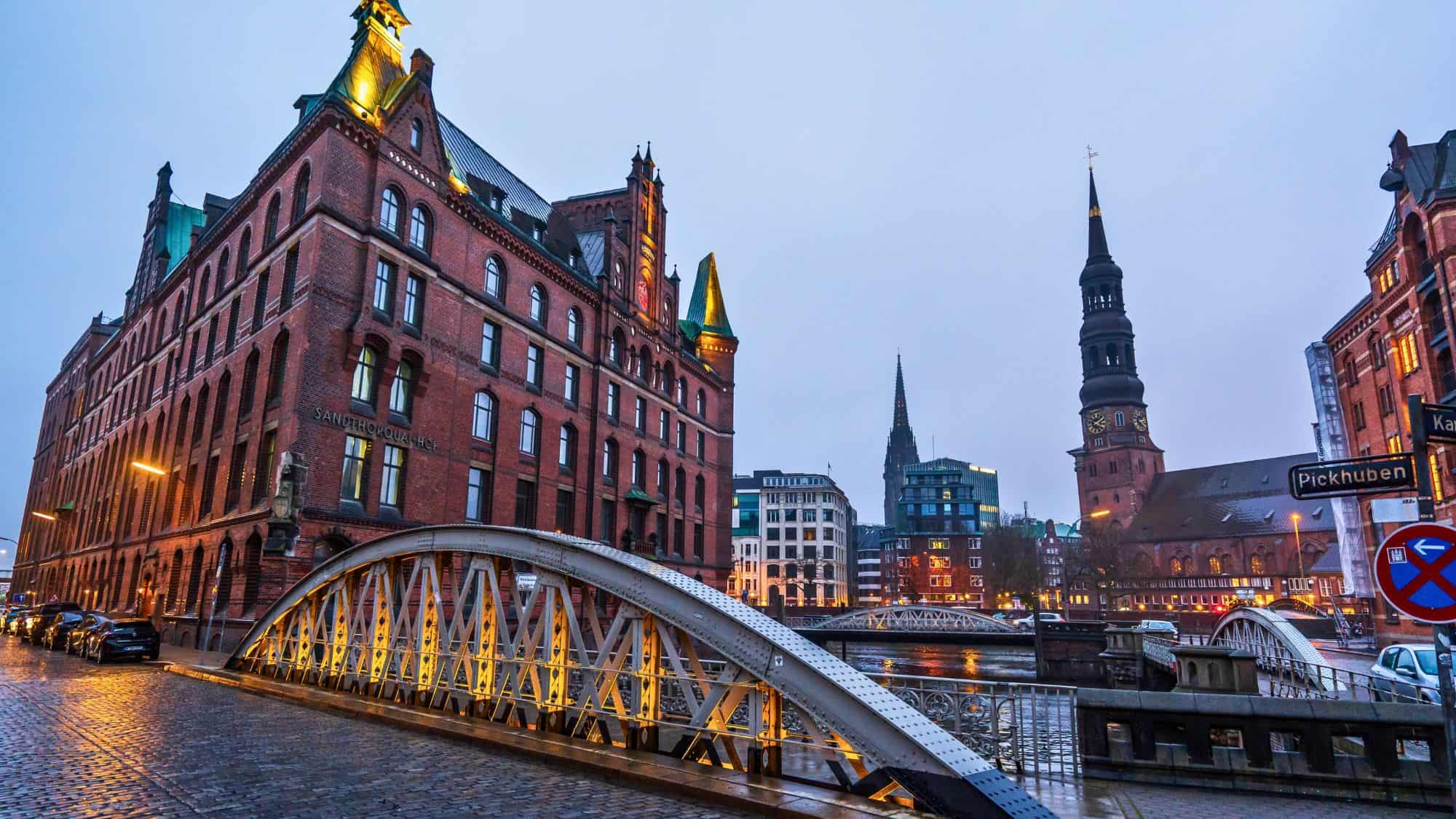
This is Europe’s largest urban waterfront redevelopment project, but to call it that feels a bit like calling the Elbphilharmonie “just another concert hall.”
Towering above the Elbe River like a wave frozen mid-crash, its shimmering glass facade plays with the sunlight, almost daring you not to stop and stare. Inside, the acoustics are impeccable. And concerts here don’t just play music; they sculpt sound.
Stroll through HafenCity, and you’ll feel the tug of history with every step. The district takes what was once a maze of grimy warehouses and transforms it into a living, breathing urban patchwork of museums, cozy cafes, modern residences, and enough heritage-rich sites to keep your curiosity brimming.
The aroma of freshly roasted coffee from a tucked-away cafe mingles with the saltiness of the river air. At the same time, sleek architectural lines stand as a tribute to Hamburg’s far-reaching maritime legacy. Who says shipping containers and luxury apartments can’t coexist?

What makes HafenCity unforgettable? It’s the harmony, the collision, and the dance between old and new.
It’s standing on cobbled ground where sailors once hauled cargo, and now people sip wine under stylish awnings. And it’s proof that a city can honor its roots while daring architects to dream bigger.
Missing this would be like visiting Paris without noticing the Eiffel Tower; it just wouldn’t make sense.
Like Our Content? Follow Us On MSN (or click the Follow Button above) to see more from Traveling In Focus.



